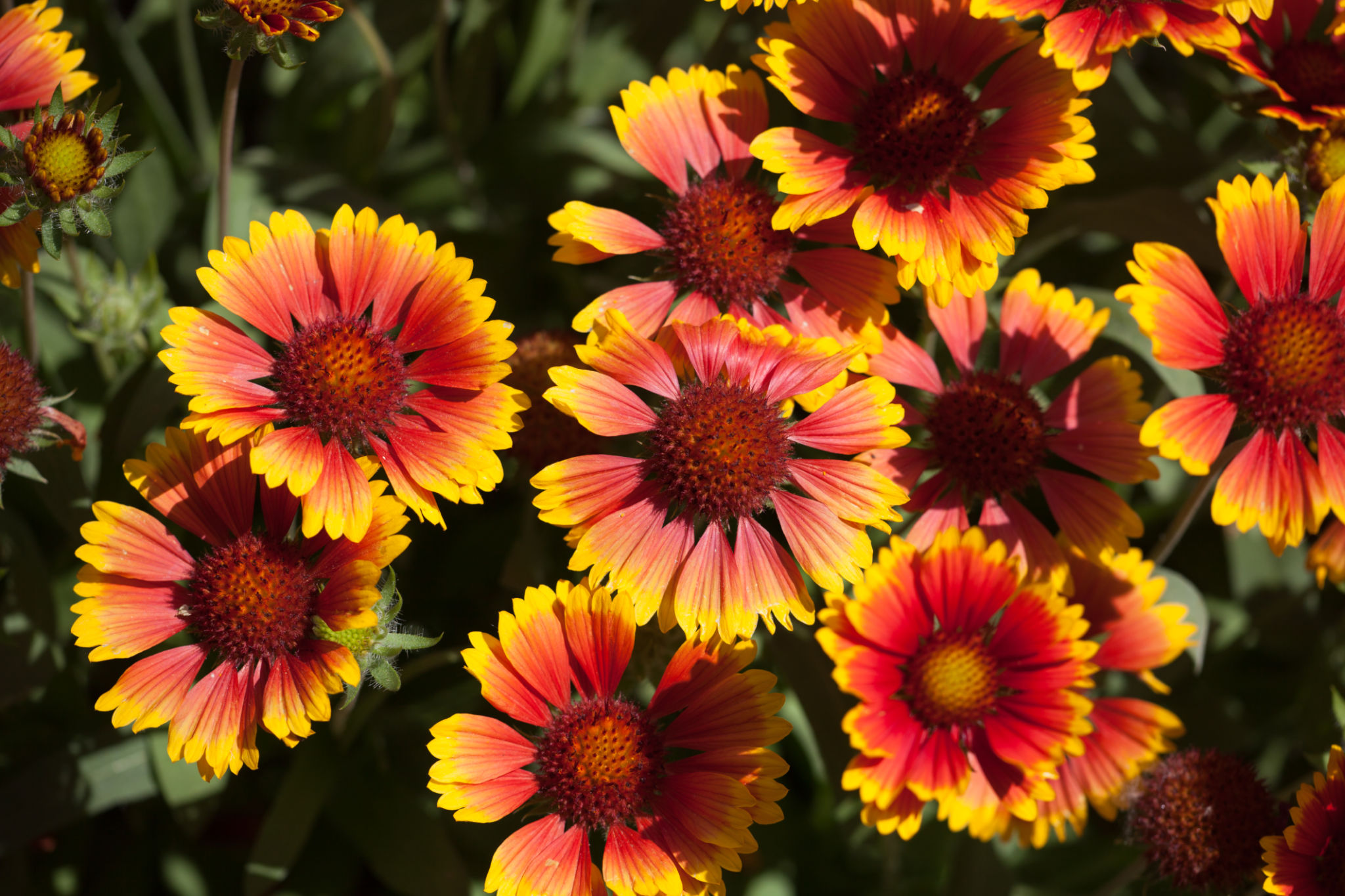Seasonal Landscaping Tips: Preparing Your Garden for Spring in Oklahoma
Understanding Oklahoma's Spring Climate
Spring in Oklahoma can be unpredictable, with frosty mornings giving way to warm afternoons. The state experiences a range of temperatures and weather conditions, which can make planning your garden a bit challenging. However, understanding these local climate nuances is crucial for successful spring landscaping. As you prepare your garden, pay attention to the average last frost date in your area, typically around early April, to ensure your plants thrive.

Soil Preparation: The Foundation of a Healthy Garden
Before planting, it's essential to prepare your soil. Start by testing the soil for pH levels and nutrient content. This will guide you in adding any necessary amendments such as lime, sulfur, or organic matter. Tilling the soil to about 8-12 inches deep will aerate it, improve drainage, and allow roots to penetrate easily. Adding compost or well-rotted manure can enhance soil fertility and structure.
Remember that well-prepared soil is the foundation of a healthy garden. This step ensures that your plants have the nutrients they need to grow robustly throughout the season. Consider using a layer of mulch to retain moisture and suppress weeds as temperatures begin to rise.
Choosing the Right Plants for Your Garden
Selecting the right plants is crucial for a successful spring garden in Oklahoma. Opt for native plants or those known to thrive in the local climate. For early spring color, consider planting pansies, violas, or snapdragons, which can withstand cooler temperatures. As the season progresses, transition to summer bloomers like zinnias and sunflowers.

Pruning and Cleaning Up
Spring is the perfect time to prune trees and shrubs that may have been damaged by winter weather. Remove any dead or diseased branches to promote healthy growth. It's important to clean up fallen leaves and debris from beds and borders to prevent pests and diseases from taking hold. This practice not only enhances the appearance of your garden but also reduces potential hazards.
Be mindful of when to prune specific plants. For instance, wait until after flowering to trim spring-blooming shrubs like forsythia and lilac to avoid cutting off buds that will produce flowers later in the season.
Watering Wisely
As you prepare your garden for spring, establishing an effective watering schedule is essential. Oklahoma's spring rainfall can be inconsistent, so it's vital to monitor soil moisture levels regularly. A good rule of thumb is to water deeply but infrequently to encourage deep root growth.

Implementing a Fertilization Strategy
Fertilizing your garden will provide the nutrients necessary for vigorous plant growth. In early spring, use a balanced fertilizer to give your garden a strong start. As plants begin to grow, you might need to switch to a formula higher in phosphorus or potassium to encourage blooms and fruiting.
Each plant species may have specific fertilization needs, so tailor your approach accordingly. Always follow label instructions carefully to avoid over-fertilization, which can harm plants and contribute to nutrient runoff.
Dealing with Pests Naturally
Spring brings new life to your garden, but it also awakens pests eager to feast on tender shoots. To manage pests without harmful chemicals, consider introducing beneficial insects like ladybugs or predatory nematodes. These natural predators can help keep pest populations in check.
You can also use organic solutions such as neem oil or insecticidal soap for spot treatments if infestations occur. Keeping your garden clean and healthy is the best defense against unwanted visitors.